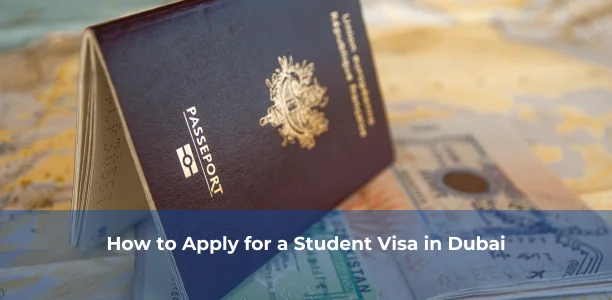
Demystifying Student Visas: A Comprehensive Roadmap
Planning to study abroad can be a life-changing decision, but navigating the complexities of student visas often feels overwhelming. From paperwork to interviews, the student visa process can be challenging, but this guide will break it all down into simple, actionable steps.
What Is a Student Visa?
A student visa is an official document or stamp on your passport that allows you to enter and study in a foreign country. Depending on the country and type of course, the rules, processes, and requirements may vary significantly.
Why Do You Need a Student Visa?
Without a student visa, you cannot legally enroll in educational programs abroad. It’s not just about meeting entry requirements; a visa also ensures compliance with the host country’s immigration laws.
Steps to Successfully Obtain a Student Visa
1. Research Visa Requirements by Destination
Before you start, familiarize yourself with the specific student visa requirements for your chosen country. Some critical factors to consider include:
-
Visa types: Short-term, long-term, or specialized study visas.
-
Mandatory tests: Language proficiency tests like IELTS or TOEFL.
-
Documentary needs: Financial proof, offer letters, and identification documents.
Tip: Visit the official website of the country’s consulate or embassy for accurate details.
2. Apply to Accredited Institutions
Most countries require an offer letter from a recognized educational institution before you can apply for a student visa. Ensure your chosen institution is accredited and provides a confirmation document like a CAS (Confirmation of Acceptance for Studies).
Preparing Your Student Visa Application
3. Compile Necessary Documents
Having all your documents ready speeds up the process. Commonly required documents include:
-
Valid passport (minimum six months validity).
-
Proof of admission.
-
Proof of funds (bank statements, sponsorship letters).
-
Language proficiency test scores.
-
Recent passport-sized photos.
4. Understand Financial Requirements
One of the primary causes of visa rejection is insufficient financial proof. Most countries require proof that you can afford your tuition fees and living expenses. Here’s what typically counts:
-
Bank statements: Showing at least 3-6 months of account activity.
-
Scholarship letters: Proof of grants or funding.
-
Sponsorship affidavits: Letters from family or guardians.
5. Prepare for the Visa Interview
Many countries, such as the USA, mandate a visa interview. Tips to ace it:
-
Be confident and honest.
-
Know your course details and why you chose that particular country or institution.
-
Clearly articulate your plans after graduation.
Tips for a Successful Student Visa Application
7. Understand Processing Timelines
Visa applications often take weeks or even months to process. Start early to avoid last-minute stress. On average:
-
US F-1 visa: 3-5 weeks.
-
UK Tier 4 visa: 3 weeks.
-
Canada Study Permit: 4-6 weeks.
Add Visual Clarity to Your Student Visa Process
Where to Include Media
-
Infographic: Create a flowchart outlining the step-by-step visa application process.
-
Images: Show examples of properly filled-out visa forms.
-
Video Suggestion: “How to Prepare for Your Student Visa Interview” tutorials.
Common Mistakes to Avoid in Student Visa Applications
-
Submitting incomplete or outdated documents.
-
Providing inconsistent information during interviews.
-
Ignoring application deadlines.
-
Overlooking the need for travel insurance.
Final Thoughts on Student Visas and Call to Action
Securing a student visa doesn’t have to be stressful if you plan well and stay informed. Follow this roadmap, and you’ll be one step closer to achieving your dream of studying abroad.
Ready to start your journey? Contact Reyna Overseas – Top Student Visa COnsultants in Ahmedabad.




